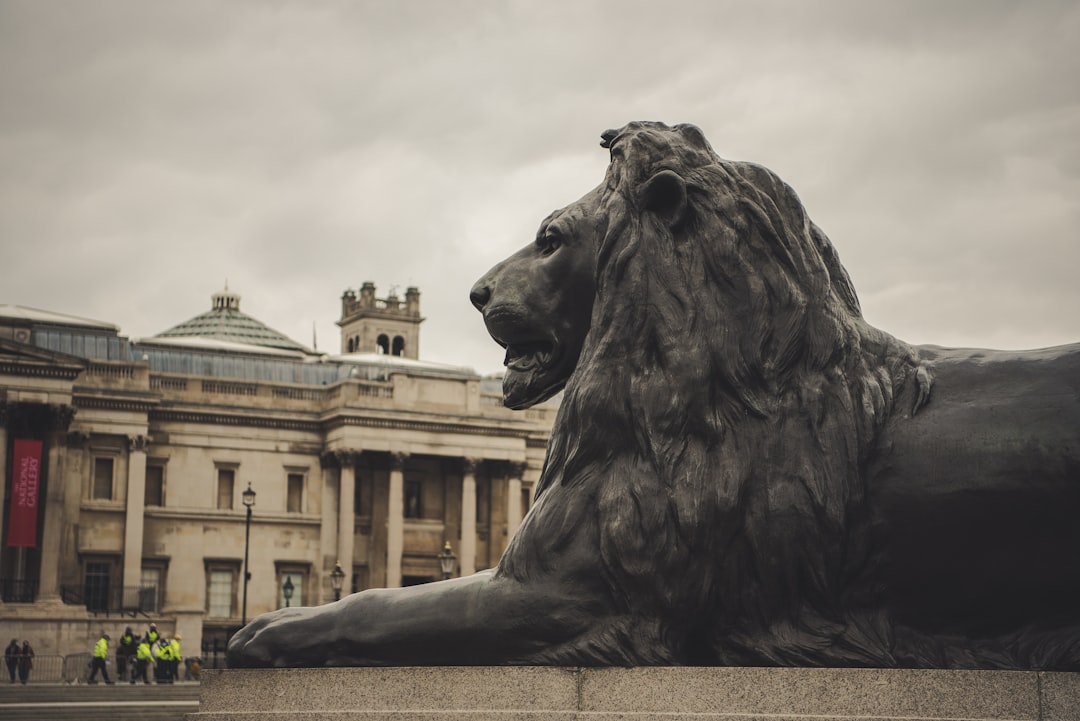What is it about?
Much of the literature on First World War memorials has focused on the sculptural representation of soldiers and other human figures; in other words, the physical subjects that these monuments were designed to commemorate. This scholarship has revealed much about the material languages of mourning, memory and memorialization. If there has been growing debate concerning the relationships between monuments and memory, the inscriptions which are almost always included as part of war memorials have, conversely, received nowhere near this level of attention and theorization as three-dimensional war memorial sculpture. This article addresses this gap in the research on war memorials and the cultures of memorialization in Britain. It argues that the issue of memorial inscriptions was productive not only of a lively public debate about the purpose, style and mode of commemorative texts on memorials and monuments, but also of new material and cultural relationships between the written word and sculpture, as well as between writers, artists and public officials.
Featured Image
Why is it important?
The centenary commemorations of the First World War have ignited a wave of new scholarship on the processes of memorialization. There has also been much recent work in the heritage sector to conserve war memorials. However, these remain vulnerable objects, subject to vandalism and theft. This article argues for looking afresh at the inscriptions which are nearly always included on war memorials, yet which have so often been overlooked by scholars in favour of the sculpted figure. Inscriptions, I argue, have much to tell us about cultures of memorialization, the relationships between word and images, and the inherent tension between permanence and temporality presented by the memorial object.
Perspectives
The research for this article brought together personal and professional worlds (when are they ever separated one might ask?). From memories of visiting war graves in France and Belgium with my grandfather to writing about the war memorial in the town in which I was born (Scunthorpe), writing about this subject really made me reflect on the cultural significance of public sculpture. Inscriptions have an ancient history and I was drawn to this idea of making a sculpture speak, and also thinking about - in some contexts - its failure to do so.
Dr Sarah Turner
Paul Mellon Centre for Studies in British Art
Read the Original
This page is a summary of: The poetics of permanence? Inscriptions, memory and memorials of the First World War in Britain, Sculpture Journal, January 2015, Liverpool University Press,
DOI: 10.3828/sj.2015.24.1.6.
You can read the full text:
Contributors
The following have contributed to this page










